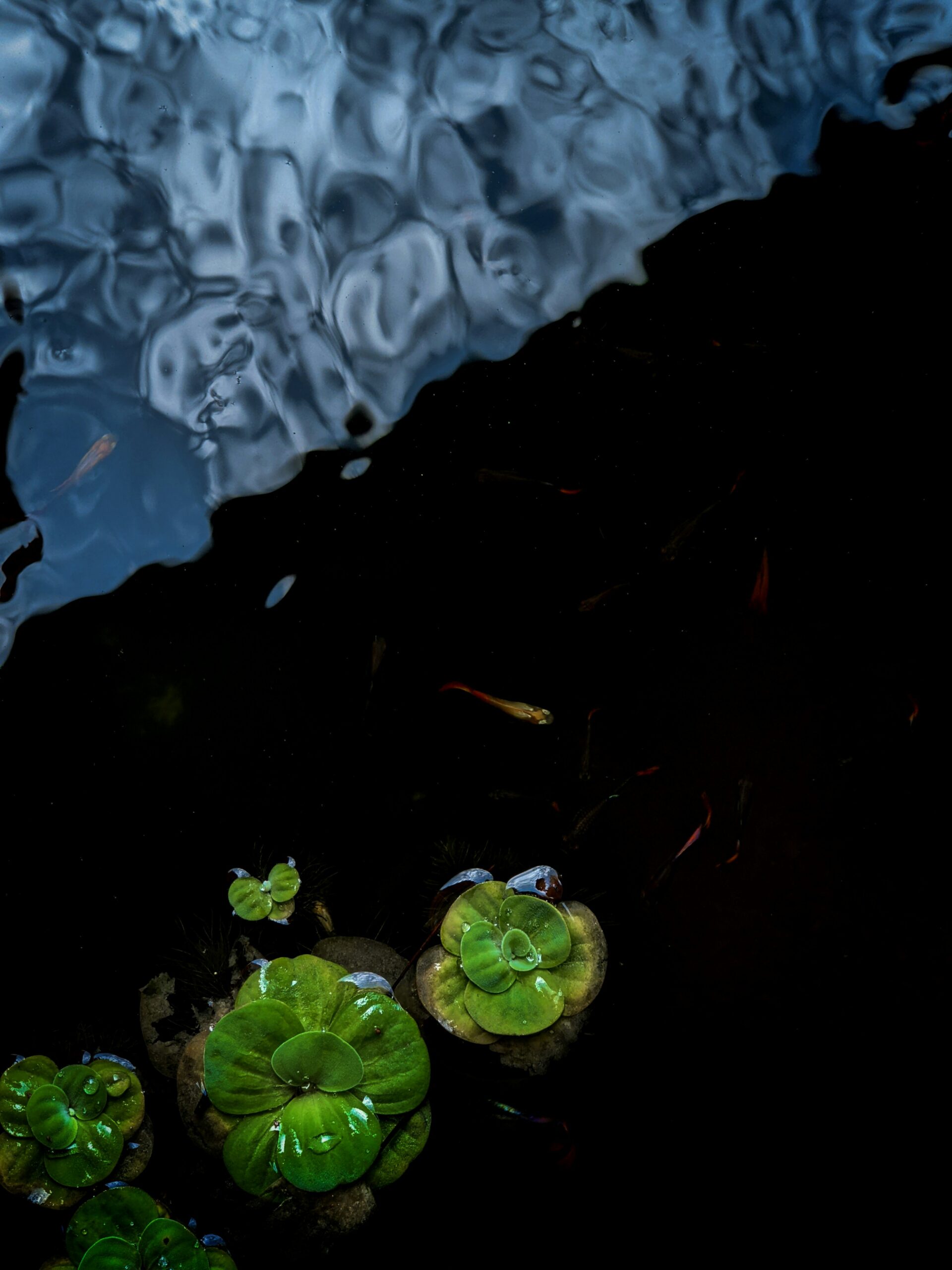How Many Guppies Can You Keep in a 10 Gallon Tank?
Keeping fish as pets can be an enjoyable and rewarding hobby. Guppies, with their vibrant colors and playful nature, are a popular choice for many aquarium enthusiasts. If you have a 10-gallon tank and are considering guppies as your fish of choice, you may be wondering how many you can safely keep in your tank. In this article, we will explore the ideal number of guppies for a 10-gallon tank, as well as some important factors to consider when stocking your aquarium.
The number of guppies you can keep in a 10-gallon tank depends on several factors, including the size of the guppies, their activity level, and the amount of filtration and maintenance you are willing to provide. It is generally recommended to start with a small number of guppies and gradually increase the population as you gain experience and confidence in maintaining a healthy aquarium environment.
As a general guideline, a 10-gallon tank can comfortably accommodate 5 to 7 adult guppies. This number ensures that the fish have enough space to swim and explore their environment, as well as enough oxygen and filtration to maintain good water quality. However, it is important to note that guppies are prolific breeders, and if you have both male and female guppies in your tank, you can expect their population to increase rapidly.
When considering the number of guppies to keep in your 10-gallon tank, it is also important to consider the other inhabitants of your aquarium. Guppies are generally peaceful fish and can coexist with other small, non-aggressive species. However, overcrowding can lead to stress and aggression, so it is important to ensure that your tank has enough space and hiding spots for all the fish to thrive.
In addition to the number of guppies, you should also consider the size and activity level of the fish. Guppies come in various sizes, with males typically being smaller and more colorful than females. If you have larger guppies or active fish, you may need to reduce the number of fish in your tank to provide enough swimming space and reduce the risk of overcrowding.
Lastly, proper filtration and maintenance are crucial for the health and well-being of your guppies. Guppies produce waste, and without adequate filtration, the water quality can quickly deteriorate. Regular water changes, monitoring of water parameters, and cleaning of the tank are essential to ensure a clean and healthy environment for your guppies.
Stocking Levels for Guppies
When it comes to stocking a 10-gallon tank with guppies, the general rule of thumb is to allow for 1 inch of fish per gallon of water. Adult guppies typically reach a size of around 2 inches, so you could theoretically keep up to 5 guppies in a 10-gallon tank. However, it is important to note that this rule is a guideline and should not be considered as a strict limit.
While it may be tempting to maximize the number of guppies in your tank, it is crucial to consider the welfare and well-being of your fish. Overcrowding can lead to stress, poor water quality, and increased aggression among the fish. It is always better to err on the side of caution and provide your guppies with ample space to swim and thrive.
When determining the stocking levels for your guppies, it is essential to consider not only their size but also their activity level and social behavior. Guppies are active swimmers and enjoy exploring their environment. They also thrive in a social setting and prefer to be kept in groups. Therefore, it is recommended to keep a small school of guppies rather than just a single fish.
In addition to the size and activity level of the guppies, you should also consider the filtration and maintenance capabilities of your tank. Guppies produce waste, and if the tank is not properly filtered and maintained, it can lead to a buildup of harmful substances like ammonia and nitrate, which can be detrimental to the health of your fish.
Furthermore, the stocking levels can also be influenced by the presence of other fish or aquatic organisms in the tank. Some fish species may be more territorial or aggressive, which can affect the overall dynamics of the tank. It is important to research and choose compatible tankmates for your guppies to ensure a harmonious and stress-free environment.
Lastly, it is worth mentioning that the size of the tank plays a significant role in determining the stocking levels. While a 10-gallon tank can accommodate a small school of guppies, larger tanks provide more swimming space and allow for a greater number of fish. If you are passionate about keeping guppies and want to have a larger population, consider investing in a bigger tank to provide the best possible living conditions for your fish.
Breeding Potential
One important factor to consider when determining the number of guppies to keep in your 10-gallon tank is their breeding potential. Guppies are known for their prolific breeding habits, with females capable of producing multiple batches of fry every month.
If you are interested in breeding guppies, it is important to account for the potential increase in population. Each batch of fry will require additional space and resources, so it is crucial to have a plan in place for managing the growing population.
Some options for managing the breeding potential of guppies include separating males and females to prevent unwanted pregnancies, providing additional tanks or breeding containers for the fry, or giving away or selling excess guppies to other hobbyists or pet stores.
Maintenance and Upkeep
Keeping a 10-gallon tank requires regular maintenance and upkeep to ensure the health and well-being of the guppies. This includes regular water changes, filter maintenance, and monitoring of water parameters.
It is important to consider the time and effort you are willing to invest in maintaining the tank. Overstocking the tank can lead to increased maintenance requirements and potentially overwhelm the filtration system, leading to poor water quality and health issues for the guppies.
Before deciding on the number of guppies to keep, assess your ability to commit to the necessary maintenance tasks and ensure that you can provide a suitable environment for the fish.

